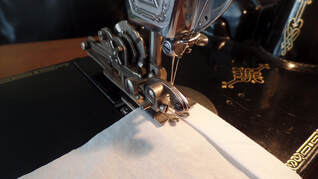 Singer Hemstitcher and Picot Edger attachment Singer Hemstitcher and Picot Edger attachment Ahem...must confess I've never used a hemstitcher until now. Time to rectify that little oversight. So what exactly does a hemstitcher do? Well, according to the box it "does real hemstitching." Hemstitching is a decorative sewing technique for embellishing the hem of linens, handkerchiefs, or garments. It is often used in combination with drawn-thread work to create intricate designs. In the decades before zig-zag sewing machines revolutionized the industry, Singer offered a wide variety of attachments to add versatility and creativity to straight-stitch machines. Hemstitching and picot-edging were introduced in 1934 and were a must-have accessory for the home sewing enthusiast. So how does it work? Let's take a look... 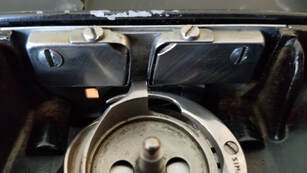 Bobbin case base positioning finger aligned with special throat plate. Bobbin case base positioning finger aligned with special throat plate. I'll be honest here. I've experimented with a lot of vintage machines and accessories and this one nearly had me stumped. Bottom line? You're going to need the instruction manual AND be prepared to do a lot of experimenting to get the top and bottom tension exactly right. If you don't have everything just right you'll have intermittent dropped stitches that make for a really mess. After quite a bit of trial and error here are my key lessons learned:
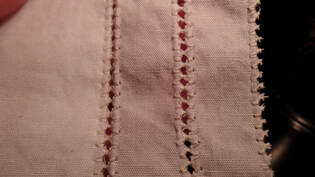 Finished hemstitching and picot edging. Finished hemstitching and picot edging. There are additional adjustments for needle position and stitch width described in the instruction booklet, but I was able to achieve good results without changing those. And the results are well worth worth the effort if you're looking for a unique finish for garments or linens. So if you've got one of these nifty gadgets lurking in your sewing drawer, why not give it a try? Happy Sewing! Barbara OldSewinGear...dedicated to helping you get the most out of your old sewing gear.
9 Comments
|
News, Reviews,
|
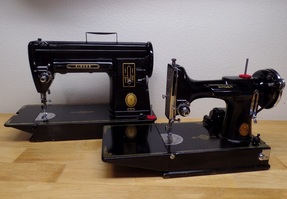
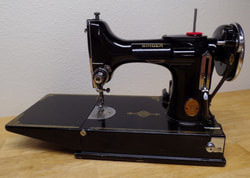
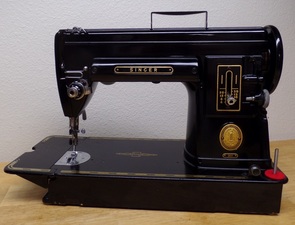
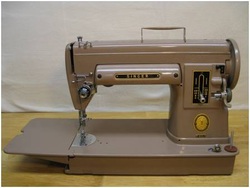
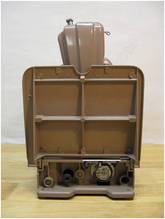
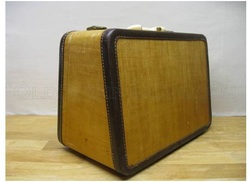
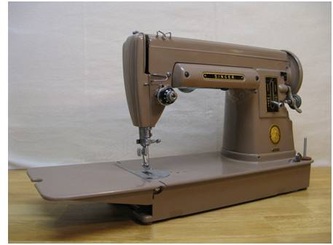
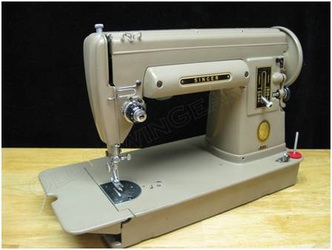
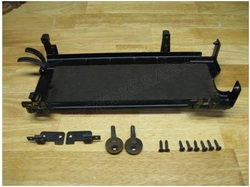
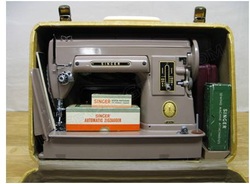
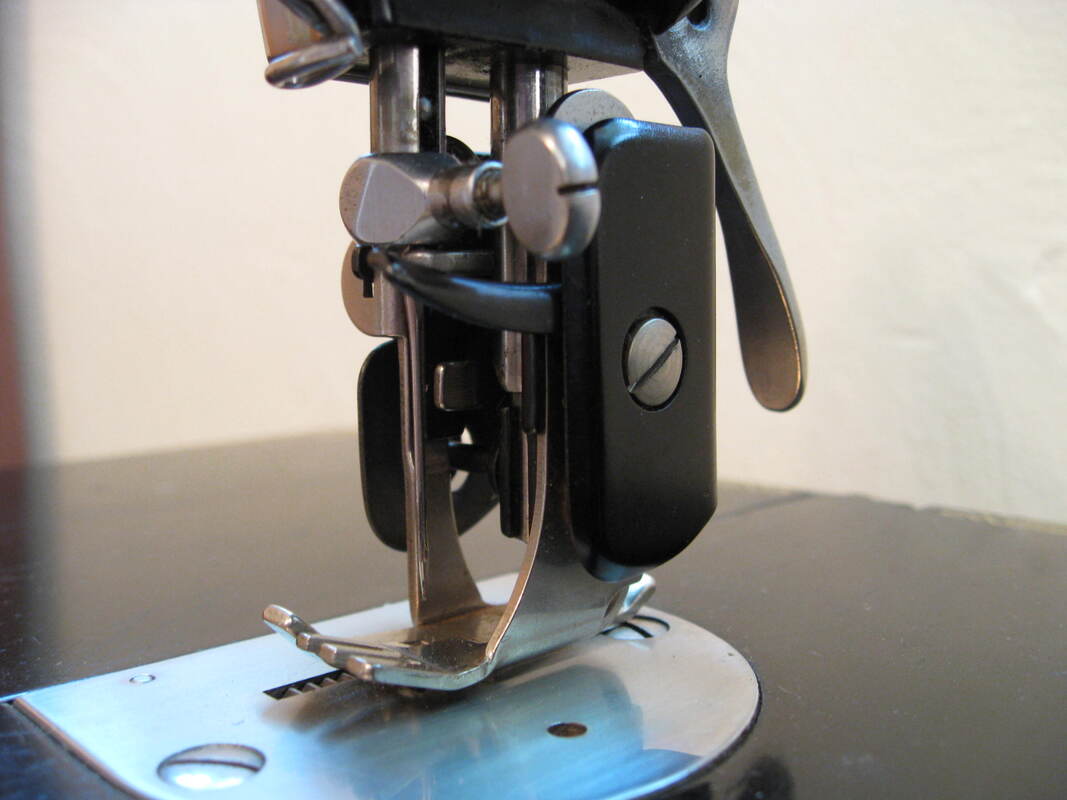
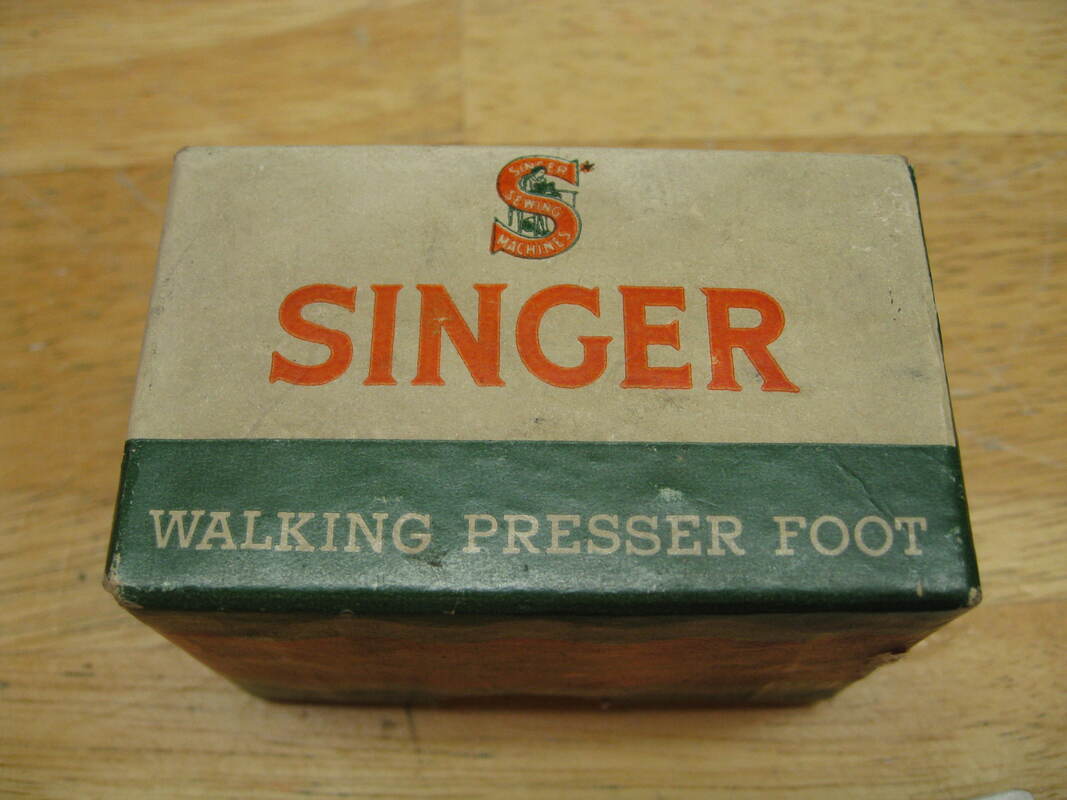
 RSS Feed
RSS Feed